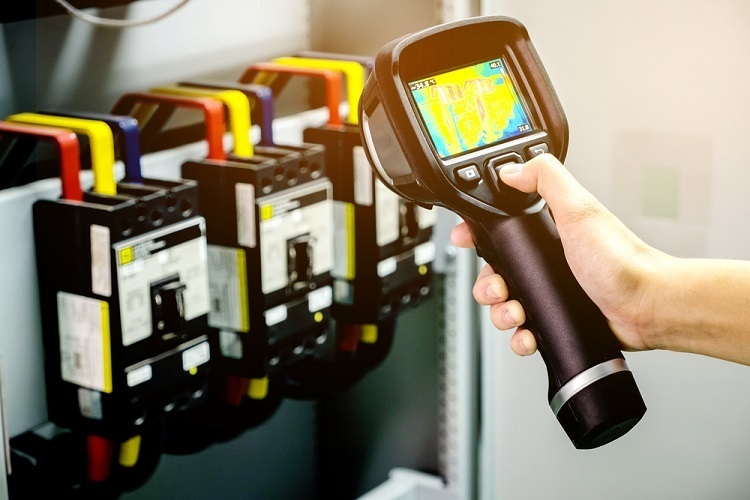What Is An IR Sensor?
An IR sensor is a device used to measure the intensity of infrared radiation. The sensor is typically a material that converts the IR waves into an electrical current, which can be measured and recorded. Materials such as photoresistors, cadmium sulfide (CdS) cells, and indium gallium arsenide (InGaAs) cells are commonly used as IR sensors.
Simply put, the IR sensor’s components include a transmitter and a receiver (or detector). The transmitter sends pulses of IR light out towards objects in its field of view, while the receiver detects these pulses of IR light after they bounce off objects.
Table of Contents
What are the Applications of IR Sensors?
IR sensors are most commonly used in proximity detectors, motion detectors, and temperature sensors:
Proximity detector: The output of a proximity detector is normally high when no object is present and goes low when an object approaches. This information can be used to control any number of devices such as alarms, motors, etc.
3rd party applications: Industrial control systems, home appliances, and automation systems are some of the applications where these sensors can be effectively utilized.
Temperature sensors: One of the most common applications of infrared sensors is temperature sensing. Infrared (IR) light represents a portion of the electromagnetic spectrum between microwaves and visible light. IR sensors are used in various applications to measure the temperature of specific objects or surfaces. These objects or surfaces can be as small as a single point or as large as an entire room.
What’re the Benefits of IR Sensors?
Used in different applications
IR sensors are used in many applications, including general household appliances, security systems, and industrial equipment. For example, a typical household appliance with an IR sensor would be a TV remote control that can change channels using the IR sensor to detect the presence of your hand and channel it to the correct channel number.
Improve safety and security systems in homes
IR sensors also have applications in improving safety and security systems at homes. These sensors can be used to trigger an alarm when the system detects intruders.
Detects the amount of IR radiation in its surroundings
An infrared sensor can detect the presence and intensity of the infrared radiation around it. This allows for a wider range of functions. For example, motion detectors are often based on an infrared sensing system. It can detect if an object is moving within its range and trigger whatever response is programmed into the device.
A wide range of options
As its name suggests, an IR sensor is designed to detect infrared (IR) radiation. It works by generating an electrical voltage when exposed to IR radiation. This voltage varies based on how much IR is present in the surrounding area. They’re most commonly used in home security systems to detect the movement of people and animals through walls or other barriers by measuring the change in their temperature and comparing it to ambient temperature. They’re also used in some video games as a way to detect the presence of obstacles in front of the controller’s sensors, which are also IR-sensitive.

